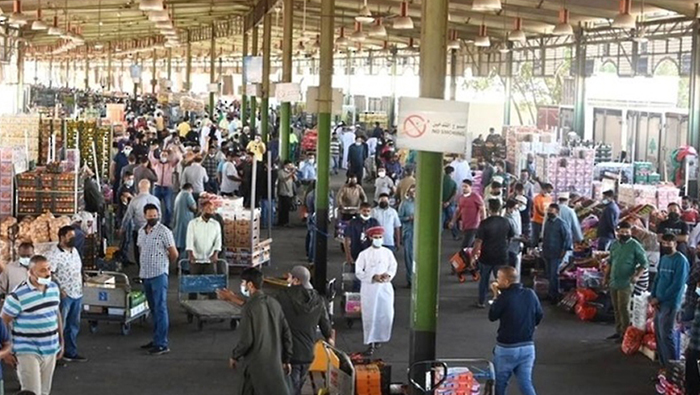Consumer prices in the Sultanate of Oman have been experiencing deflationary pressures, with the year-on-year index declining twice within the last five months, according to a recent report by Kamco Invest. Oman reported the lowest average year-on-year growth in inflation during March-2024 at 0.2 percent, compared to -3.1 percent growth in March-2023. The report highlighted that the index reached its lowest level in the past twelve months in February-2024.
The marginal inflation growth in Oman was primarily driven by key Consumer Price Index (CPI) indices, such as the Food and Non-Alcoholic index, which saw a 3.3 percent year-on-year uptick, as well as the Tobacco index, which experienced a 2.4 percent year-on-year growth during the same period. In the food and non-alcoholic beverages category, prices of various items increased, including fruits, milk, cheese, eggs, sugar, bread, cereals, vegetables, meat, and fish.
However, the report also noted that Oman’s Consumer Price Index growth was offset by decreases in other significant weighted indices, including transportation, restaurants and hotels, furniture and household equipment, and regular home maintenance. The transportation index, in particular, saw a decrease of -4.6 percent during the period.
In terms of the broader GCC inflation trajectory, the Kamco Invest report highlighted that inflation in the region remained subdued during the first quarter of 2024. Global inflationary pressures fluctuated due to the opposing forces of a resilient global economy and ongoing geopolitical tensions, allowing central banks worldwide to pause rate increases. Dubai reported the highest inflation increase in the GCC in March-2024, with a 3.3 percent year-on-year surge, while Kuwait reported a 3 percent inflation growth.
Looking at the Middle East and North Africa (MENA) region, the IMF expects inflation to remain unchanged at 11.2 percent in 2024, with a slight drop to 8.6 percent in 2025. Similarly, inflation in the GCC region is forecasted to stay at 2.2 percent in 2023 and 2024 before declining slightly to 2.1 percent in 2025. Globally coordinated monetary tightening measures have paused, leading to expectations of rate cuts, although these have not materialized due to lack of progress on inflation.
On the other hand, a strong US Dollar is exacerbating economic conditions in some emerging and developing countries, increasing inflationary pressures. For raw material importing countries, the strong US Dollar is raising import costs, leading to higher overall costs of goods and services and impacting economic growth. Despite expectations, the US Federal Reserve decided against rate cuts in March-2024, keeping its benchmark short-term borrowing rate unchanged at 5.25 to 5.5 percent.











